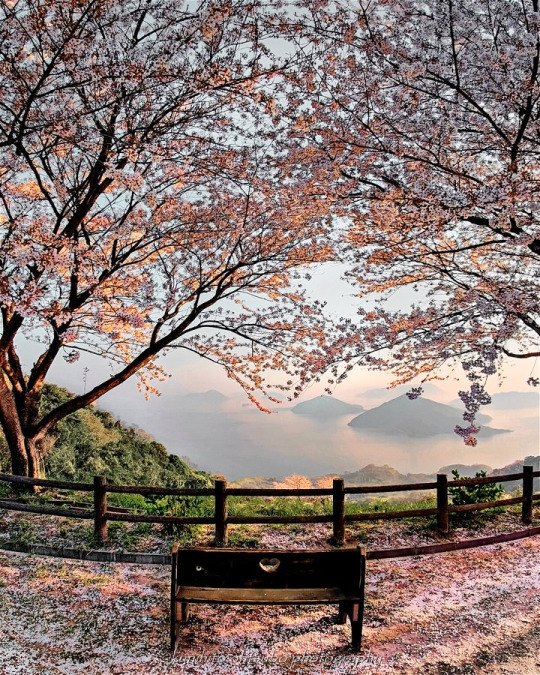Let us run with perseverance the race that is set before us, looking to Jesus the pioneer and perfecter of our faith...
Don't wanna be here? Send us removal request.
Text




Softest tones for this summer outfit, pairing a lovely obi with embroidered kani (crab), and a kimono full of cute seasonal patterns:
Tanabata/star festival themed: tanzaku (paper strips on bamboo), hoshi (star)
Summer treats : kaizukushi (assorted shells), suika (watermelon),
masturi/festival themed: mizufuusuen/water balloon, uchiwa (round fan), kingyo (goldfish), chouchin (paper lantern), etc
533 notes
·
View notes
Text

It's my 14 year anniversary on Tumblr 🥳
That's longer than I expected.
0 notes
Text
Nancy Bentley
In 1920 the then six-year-old Nancy suffered a snake bite on the shores of Port Arthur, Tasmania. The nearest medical help was many miles away and in desperation, Nancy’s father rowed her to HMAS Sydney (I) which was anchored in Carnarvon Bay. The regulations at the time did not allow for civilians to be administered medical treatment on board one of His Majesty’s warships. Due to the seriousness of the situation and to avoid legal complications, the quick-thinking ship’s Commanding Officer, Captain Henry Cayley ordered that Nancy Bentley be formally enlisted into the Royal Australian Navy. This was duly done and her official rating was noted as ‘mascot’ and her period of service was annotated as 'until fed up'. First aid was quickly administered before Sydney transported Nancy to Hobart where she received further medical treatment. The warship later returned to Port Arthur where Nancy was officially ‘discharged’ from the Navy following eight days service. The reason for discharge is recorded as 'being required by her parents'.
1 note
·
View note
Text

Edo period women obi knots, fantastic reference chart by Edo lover Nadeshico Rin.
You can see here several obi musubi favored by city women, of all class and status. Novelty knots were a fashion statement, often lauched by star onnagata kabuki actors, and spread by iki fashionistas such as geisha.
For top to bottom, left to right, you can see here:
Chidori musubi (plover knot) ちどり結び
Shôryû musubi (little dragon knot) 小龍結び
Kichiya musubi (Kichiya knot) 吉弥 結び - named after onnagata actor Uemura Kichiya I in Genroku period, who single handedly launched a new type of knots and obi fashion
Koman musubi (Koman knot) 小万結び - named after a kabuki character in play Yakko no Koman
Nagoya obi (Nagoya belt) 名古屋帯 - Azuchi Momoyama/Early Edo era silk kumihimo tied in butterfly knot
Yanoji musubi (arrow knot) 矢の字結び - created by onnagata actor Segawa Kikunojo II. Also found under the name tateya musubi 立て矢結び (standing arrow knot)
Yoshio musubi (Yoshio knot) よしお結び
Mizuki musubi (Mizuki knot) 水木結び - onnagata actor Mizuki Tatsunosuke is said to have first worn this variation of the Kichiya musubi
Rokô musubi (rôkô knot) 路孝結び - created by onnagata actor Segawa Kikunojo II
Karuta musubi (card knot) カルタ結び - created in early Edo period, looking like 3 playing cards side by side
Hitotsu musubi (single knot) 一つ結び - during Edo, was also called darari musubi だらり結び. Note that it differs from is nowadays called darari obi (worn by maiko)
Tate musubi (standing knot) 立て結び - see yanoji/tateya musubi for variations
Bunko kuzushi (unbalanced knot) 文庫くずし
Heijûrô musubi (Heijûrô knot) 平十郎結び - created by actor Murayama Heijûrô III
Sageshita musubi (falling knot) さげ下結び
(by request of @fireflybettle, hope this will help you ^^)
2K notes
·
View notes
Photo

Seto Inland Sea islands and the cherry blossoms of Mt. Shiude, Japan. Photography by Kunihito Ohtsubo
651 notes
·
View notes
Photo

“Firefly” by Uemura Shoen, 1913, Japan
255 notes
·
View notes
Text
0 notes